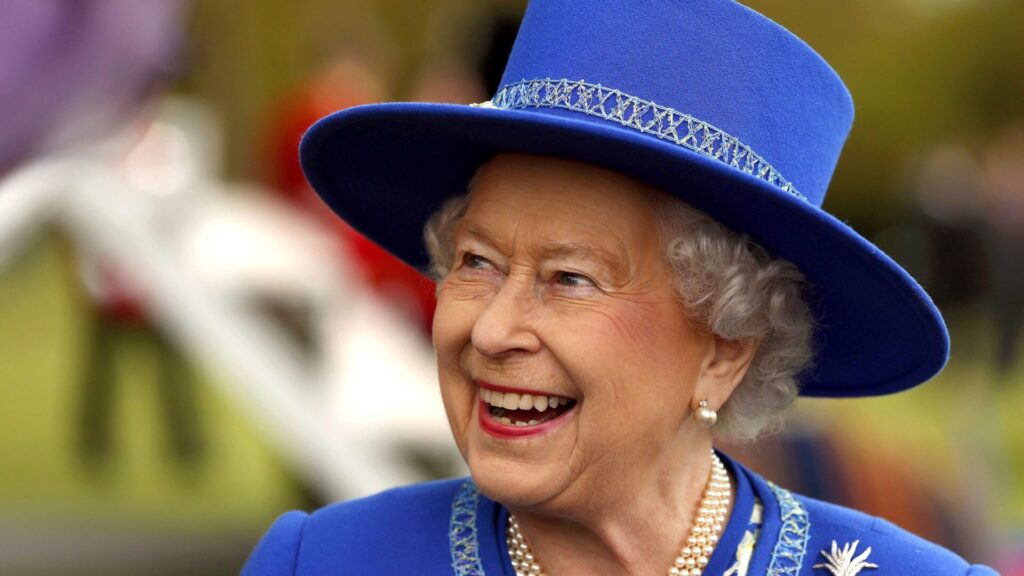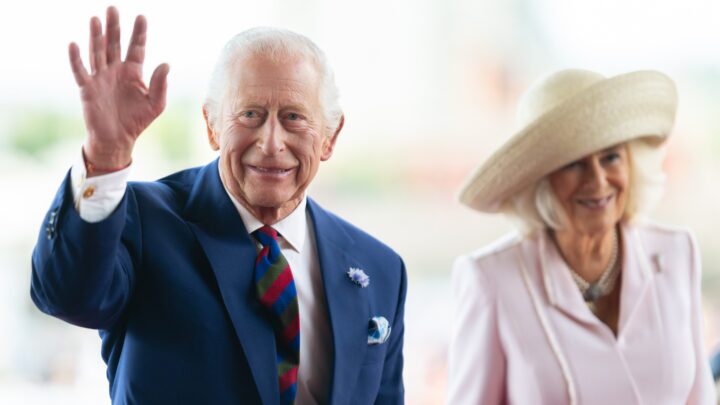
The former press secretary of Queen Elizabeth compared her fame to that of pop music royalty.
In October 2011, Ailsa Andersen accompanied Queen Elizabeth on her farewell trip of Australia, which included stops in Canberra, Brisbane, Melbourne, and Perth. According to Andersen, the Queen is as popular in Australia as a well-known singer.
“I recall the crowds and the great Aussie barbeque in Perth, which was the last major event. “It felt like the Queen was Taylor Swift,” Andersen stated. “Honestly, the fans were massive and cheering. “It was electric.”

The Queen first visited Australia in 1954, two years into her historic 70-year reign, which concluded on September 8, 2022, at the age of 96. She would return to the Commonwealth realm 14 more times before her last 2011 tour, bringing her total number of visits to 16.
Andersen described the Queen and her husband, Prince Philip, as encountering “the crowds, the genuine people, just the adoration” during their tour to the country.
“It was a real boost for the Queen and Prince Philip, because you never know how many people are going to be interested, but clearly they were,” she told reporters.
The Queen’s son, King Charles, just completed a six-day tour of Australia with wife Queen Camilla before heading to Samoa on Wednesday, Oct. 23 to attend the Commonwealth Heads of Government Meeting (CHOGM) 2024 there. This journey, which began on Friday, October 18, was Charles’ 17th visit to Australia and his first since 2018, when he and Camilla opened the Commonwealth Games on Queensland’s Gold Coast.
During their journey to Sydney and Canberra in Australia, the King and Queen were received with massive crowds. On Tuesday, October 22, the Royal Family Instagram account captioned a shot of a throng in Sydney, “Wow Sydney, what a turnout!” with a starry-eyed smile and a heart hands emoji.
But the reception was not entirely good. During the trip in Canberra, Aboriginal Australian MP Lidia Thorpe accosted the 75-year-old King in the Australian Parliament, yelling, “This is not your land.” This isn’t your land. Videos from the event show the speaker saying, “You are not my king; you are not our king.”
The King was said to be unconcerned by the protest, and Buckingham Palace officials had no reaction.
The rally took place while discussion over whether King Charles should remain Australia’s head of state continued. Australia is one of 14 Commonwealth realms that still recognises Charles as King, and for years, the country has flirted with becoming a republic rather than a constitutional monarchy, even putting the issue to a referendum in 1999, when Queen Elizabeth was still on the throne. The King recently restated the monarchy’s historical position, emphasising that it is up to the people of any of the countries in which he serves as head of state to decide whether or not to maintain him. In a letter to the Australian Republic Movement (ARM), Aides stated that it is up to the Australian public to decide whether the country should become a republic.

In addition to the protest in Canberra on Monday, the next day, Tuesday, Oct. 22, a statue in Sydney of King Charles’ great-great-great-grandmother, Queen Victoria, was vandalised with red paint, only hours before the King appeared nearby.
A palace source cited the crowds that met King Charles and Queen Camilla, 77, and stated that the royal couple was “deeply grateful to the many thousands who turned out to support them, and are only sorry they didn’t have a chance to stop and talk to everyone.” The kindness and magnitude of the event were simply amazing.”
Charles was only the second British monarch and the first British king to visit Australia. His mother, Queen Elizabeth, was the first queen to visit, 70 years ago. The Centre of Democracy estimates that about 75% of Australia’s population saw Elizabeth in person during her 1954 visit.
“Royal visits have always been associated with Australian national pride. This was notably true during the 1954 tour, according to the Centre. “For Australia, the visit was a chance to promote the post-war development of the country, while for the Crown, it was a chance to strengthen alliances throughout the Commonwealth countries.”